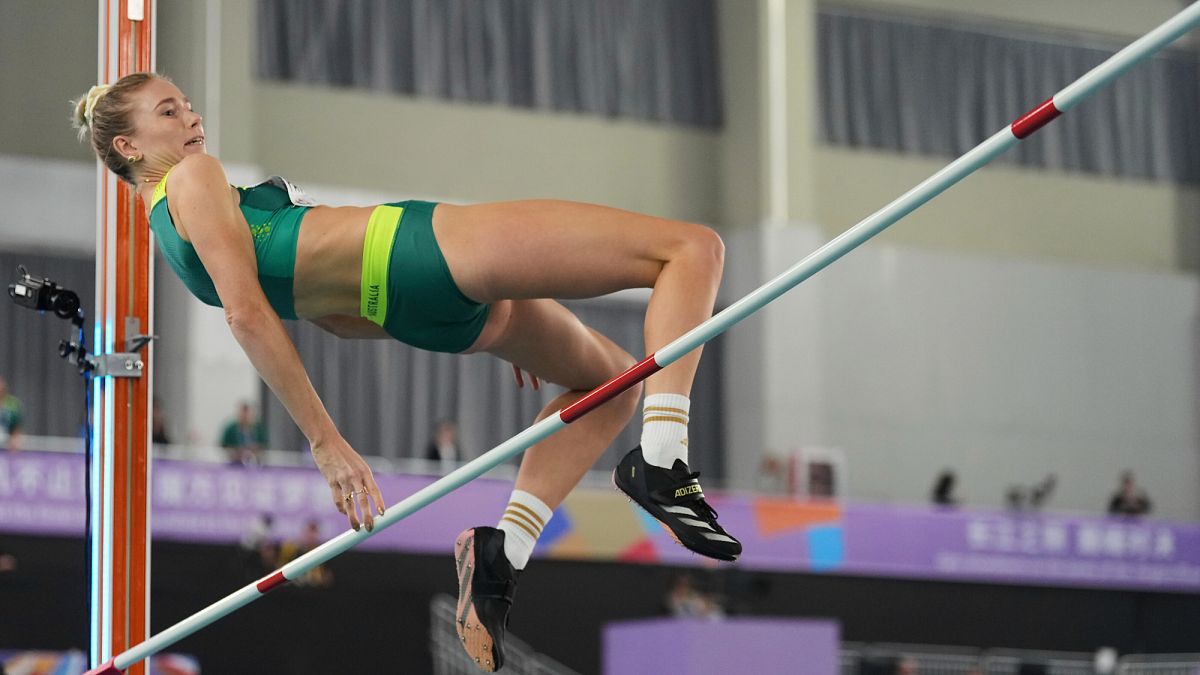

In a harmonious blend of innovation and tradition, significant strides are being made across sports, technology, and the arts, each contributing to a more thoughtful and inclusive future. In the realm of athletics, groundbreaking changes are poised to redefine women’s competitions, whilst the digital landscape sees advancements aimed at cultivating responsible use of technology among both young users and students. Meanwhile, in the domain of art, a new museum dedicated to narrative art promises to be a sanctuary celebrating creative storytelling. These developments, diverse yet interconnected, offer a glimpse into a future where progress is intricately balanced with responsibility and creativity.
Beginning with the world of sports, World Athletics has introduced an innovative set of guidelines set to take effect from September 1. These rules focus on ensuring fairness and inclusivity in women’s athletics through new DNA testing measures. Only athletes who pass the SRY gene test will be eligible to compete in women’s competitions organized by World Athletics. This measure is designed to create a level playing field and promote integrity within women’s sports. The decision has been approached with care, aiming to respect the identities and efforts of athletes while ensuring fair competition.
In the digital sphere, TikTok has rolled out a series of new features geared towards enhancing parental controls and enriching the user experience. These updates are tailored to offer a safer and more enjoyable digital environment for both children and parents, contributing to a more mindful use of social media platforms. By empowering parents with better tools to manage content and time spent on the app, TikTok aims to foster a healthier balance between digital exploration and real-world interactions. This step reflects a growing awareness of the impact digital platforms have on young users and represents TikTok’s commitment to creating a more positive digital landscape.
Meanwhile, OpenAI has launched a ‘study mode’ for its widely used ChatGPT tool, specifically designed to encourage students to engage with educational material responsibly. This feature is aligned with educational philosophies that emphasize understanding over rote memorization, guiding students to analyze and comprehend information rather than solely relying on quick answers. The ‘study mode’ is a testament to the potential of artificial intelligence to support, rather than replace, traditional learning methods. Through such thoughtful integration of AI technologies, OpenAI is helping students develop critical thinking skills while benefiting from the convenience of modern tools.
Adding to the enriching landscape of cultural pursuits, the Lucas Museum of Narrative Art is nearing its anticipated opening in Los Angeles next year. This museum, a vision realized by George Lucas, the legendary creator behind Star Wars and Indiana Jones, is touted as a ‘temple to the people’s art.’ It aims to celebrate the rich tapestry of storytelling through diverse forms of art, including cinema, painting, illustration, photography, and digital media. The museum promises to be a haven for art enthusiasts and storytellers alike, providing a nurturing space for both admiration and inspiration. It reflects the transformative power of narrative art in shaping cultural and historical narratives, offering visitors a unique opportunity to engage with the stories that have influenced societies worldwide.
Each of these initiatives represents a step towards a more thoughtful and compassionate future—whether it’s through ensuring equity in sports, promoting responsible technological use, enhancing educational experiences, or celebrating the profound impact of art. As we embrace these advancements, it becomes increasingly clear that progress is not just about technology or regulation, but about fostering an environment where creativity, fairness, and understanding can thrive.
Source: {link}
